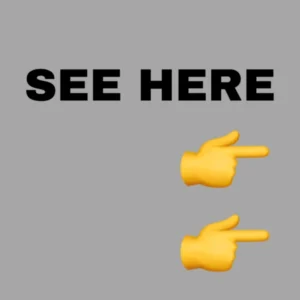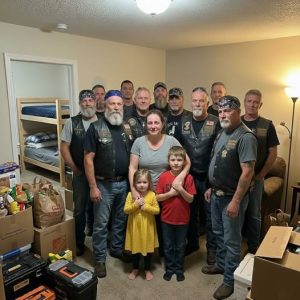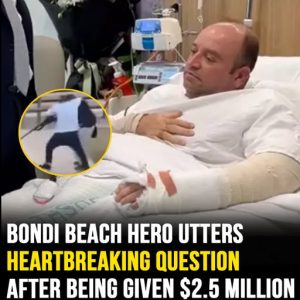A viral video from the September 10 shooting of Charlie Kirk at Utah Valley University has ignited a firestorm of speculation online. While the footage does not show the gunman or any violence, it captures two individuals behind Kirk making odd gestures just seconds before the shot was fired—one tips his hat, while the other crosses his arms in what some claim is a deliberate signal. These small but peculiar actions have led thousands to question whether the attack was truly random or possibly coordinated.
In the clip, Kirk is calmly speaking during a Turning Point USA panel, when the unusual movements occur. A man in black crosses his arms and briefly manipulates his fingers in a gesture that some viewers describe as ritualistic. Another man nearby tips his hat upward, seemingly toward someone in the distance. Moments later, a gunshot rings out and Kirk collapses. The eerie timing has become central to growing suspicions about the event.
Speculation has exploded across social media, with some users adamantly calling the gestures intentional cues, possibly used to coordinate the shooting from outside. Others urge caution, suggesting the movements could be harmless or misinterpreted. But even skeptics admit the timing raises unsettling questions. In the absence of official clarification, many are demanding answers that authorities have so far failed to provide.
The lack of response from law enforcement has only deepened mistrust. Despite the video being widely circulated, neither local police nor federal agents have publicly addressed the gestures. For many older Americans who recall political violence of past decades, the silence feels familiar—and ominous. It reflects a growing breakdown in public trust, especially in institutions tasked with keeping leaders and citizens safe.
At its core, the debate reflects broader concerns about transparency and accountability. Americans are asking: Who were these individuals behind Kirk? Were they staff, security, or something else? And why hasn’t anyone officially explained what happened in that moment before the shooting? Without answers, speculation will only grow.
Whether these gestures were coordinated signals or coincidences, the incident exposes critical gaps in event security. Experts may now push for stricter protocols, smarter surveillance, and better training to identify warning signs. Above all, this moment must not be forgotten—because the stakes of ignoring it could mean more than just unanswered questions; they could mean future lives at risk.



